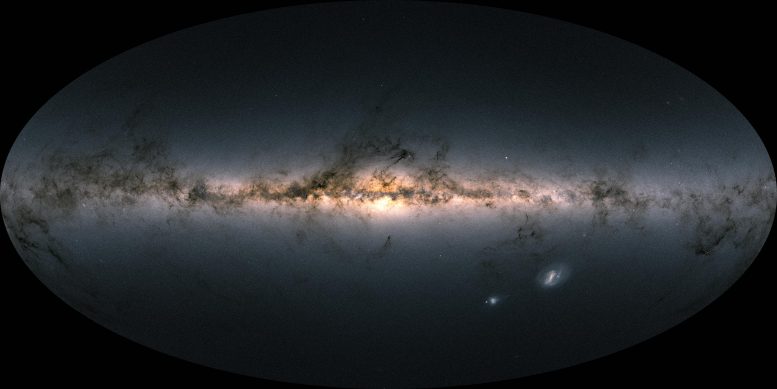
18억 개 이상의 별에서 얻은 데이터를 사용하여 이 하늘 전체 지도를 만들었습니다. 유럽 우주국(European Space Agency)의 가이아(Gaia) 위성이 관측하고 가이아의 초기 데이터 릴리스 3(Gaia EDR3)의 일부로 공개된 별의 전체 밝기와 색상을 보여줍니다. 밝은 영역은 밝은 별의 밀도가 더 높은 농도를 나타내며 어두운 영역은 더 적은 수의 희미한 별이 관찰되는 하늘 부분에 해당합니다. 출처: ESA/Gaia/DPAC CC BY-SA 3.0 IGO, 감사의 말: A. Moitinho
천문학자들은 ESA의 가이아 임무에서 얻은 데이터를 사용하여 다음 중 일부가[{” attribute=””>Milky Way known as the ‘thick disc’ began forming 13 billion years ago, around 2 billion years earlier than expected, and just 0.8 billion years after the Big Bang.
This surprising result comes from an analysis performed by Maosheng Xiang and Hans-Walter Rix, from the Max-Planck Institute for Astronomy, Heidelberg, Germany. They took brightness and positional data from Gaia’s Early Data Release 3 (EDR3) dataset and combined it with measurements of the stars’ chemical compositions, as given by data from China’s Large Sky Area Multi-Object Fiber Spectroscopic Telescope (LAMOST) for roughly 250,000 stars to derive their ages.
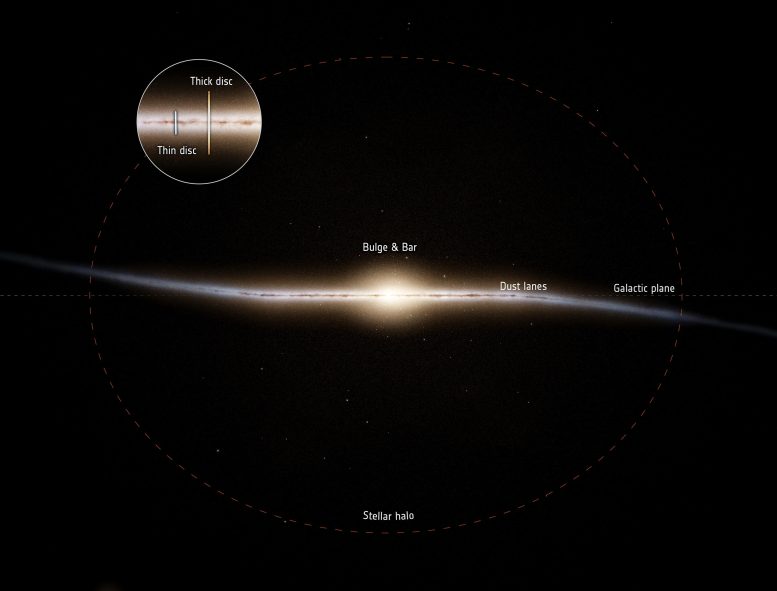
Basic structure of our home galaxy, edge-on view. The new results from ESA’s Gaia mission provide for a reconstruction of the history of the Milky Way, in particular of the evolution of the so-called thick disc. Credit: Stefan Payne-Wardenaar / MPIA
They chose to look at sub giant stars. In these stars, energy has stopped being generated in the star’s core and has moved into a shell around the core. The star itself is transforming into a red giant star. Because the sub giant phase is a relatively brief evolutionary phase in a star’s life, it permits its age to be determined with great accuracy, but it’s still a tricky calculation.
How old are the stars?
The age of a star is one of the most difficult parameters to determine. It cannot be measured directly but must be inferred by comparing a star’s characteristics with computer models of stellar evolution. The compositional data helps with this. The Universe was born with almost exclusively hydrogen and helium. The other chemical elements, known collectively as metals to astronomers, are made inside stars, and exploded back into space at the end of a star’s life, where they can be incorporated into the next generation of stars. So, older stars have fewer metals and are said to have lower metallicity.
The LAMOST data gives the metallicity. Together, the brightness and metallicity allow astronomers to extract the star’s age from the computer models. Before Gaia, astronomers were routinely working with uncertainties of 20-40 percent, which could result in the determined ages being imprecise by a billion years or more.
Gaia’s EDR3 data release changes this. “With Gaia’s brightness data, we are able to determine the age of a sub giant star to a few percent,” says Maosheng. Armed with precise ages for a quarter of a million sub giant stars spread throughout the galaxy, Maosheng and Hans-Walter began the analysis.
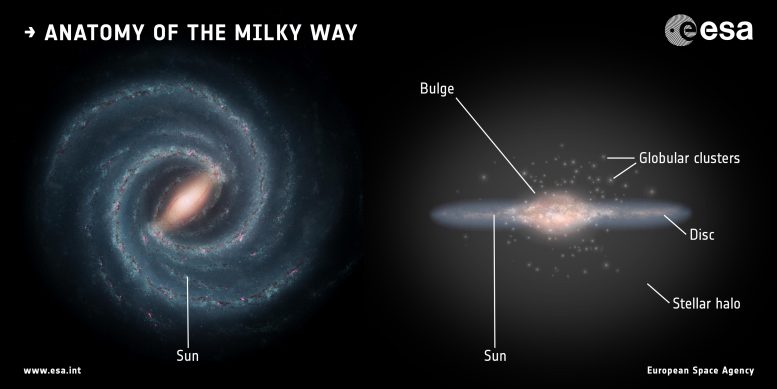
An artist’s impression of our Milky Way galaxy, a roughly 13 billon-year-old ‘barred spiral galaxy’ that is home to a few hundred billion stars. Credit: Left: NASA/JPL-Caltech; right: ESA; layout: ESA/ATG medialab
Milky Way anatomy
Our galaxy is made of different components. Broadly, these can be split into the halo and the disc. The halo is the spherical region surrounding the disc, and has traditionally been thought to be the oldest component of the galaxy. The disc is composed of two parts: the thin disc and the thick disc. The thin disc contains most of the stars that we see as the misty band of light in the night sky that we call the Milky Way. The thick disc is more than double the height of the thin disc but smaller in radius, containing only a few per cent of the Milky Way’s stars in the solar neighborhood.
By identifying sub giant stars in these different regions, the researchers were able to build a timeline of the Milky Way’s formation – and that’s when they got a surprise.
Two phases in Milky Way history
The stellar ages clearly revealed that the formation of the Milky Way fell into two distinct phases. In the first phase, starting just 0.8 billion years after the Big Bang, the thick disc began forming stars. The inner parts of the halo may also have begun to come together at this stage, but the process rapidly accelerated to completion about two billion years later when a dwarf galaxy known as Gaia-Sausage-Enceladus merged with the Milky Way. It filled the halo with stars and, as clearly revealed by the new work, triggered the nascent thick disc to form the majority of its stars. The thin disc of stars which holds the Sun, was formed during the subsequent, second phase of the galaxy’s formation.
The analysis also shows that after the star-forming burst triggered by the merger with Gaia-Sausage-Enceladus, the thick disc continued to form stars until the gas was used up at around 6 billion years after the Big Bang. During this time, the metallicity of the thick disk grew by more than a factor of 10. But remarkably, the researchers see a very tight stellar age—metallicity relation, which indicates that throughout that period, the gas forming the stars was well-mixed across the whole disk. This implies that the early Milky Way’s disk regions must have been formed from highly turbulent gas that effectively spread the metals far and wide.
타임 라인 감사 Gaia
두꺼운 원반의 초기 형성 시대는 우리 은하의 초기 역사에 대한 다른 그림을 보여줍니다. “2018년 가이아-소시지-엔셀라두스와의 고대 합병이 발견된 이후로 천문학자들은 우리은하가 코로나가 형성되기 전에 실제로 존재했었다고 의심했지만 우리는 은하수가 어떻게 생겼는지에 대한 명확한 그림이 없었습니다. “우리의 결과는 생일, 별 형성 속도 및 광물 농축 날짜와 같은 우리 은하수의 이 부분에 대한 훌륭한 세부 정보를 제공합니다. 이러한 발견을 가이아 데이터를 사용하여 통합하면 우리 은하가 언제 어떻게 형성되었는지에 대한 그림에 혁명을 일으키고 있습니다.” Maosheng은 말합니다.
우리는 유사한 은하 원반이 형성되는 것을 보기에 충분히 멀리 우주를 들여다보지 않을 수도 있습니다. 130억 년의 나이는 7의 적색편이에 해당하며, 여기서 적색편이는 천체가 얼마나 멀리 떨어져 있고 빛이 우주를 가로질러 우리에게 도달하는 데 걸리는 시간을 나타내는 척도입니다.
새로운 메모가 다음과 같이 가까운 장래에 올 수 있습니다.[{” attribute=””>James Webb Space Telescope has been optimized to see the earliest Milky Way-like galaxies in the Universe. And on June 13 this year, Gaia will release its full third data release (Gaia DR3). This catalog will include spectra and derived information like ages and metallicity, making studies like Maosheng’s even easier to conduct.
“With each new analysis and data release, Gaia allows us to piece together the history of our galaxy in even more unprecedented detail. With the release of Gaia DR3 in June, astronomers will be able to enrich the story with even more details,” says Timo Prusti, Gaia Project Scientist for ESA.
Reference: “A time-resolved picture of our Milky Way’s early formation history” by Maosheng Xiang and Hans-Walter Rix, 23 March 2022, Nature.
DOI: 10.1038/s41586-022-04496-5

“음악 팬. 매우 겸손한 탐험가. 분석가. 여행 괴짜. 익스트림 TV 전문가. 게이머.”




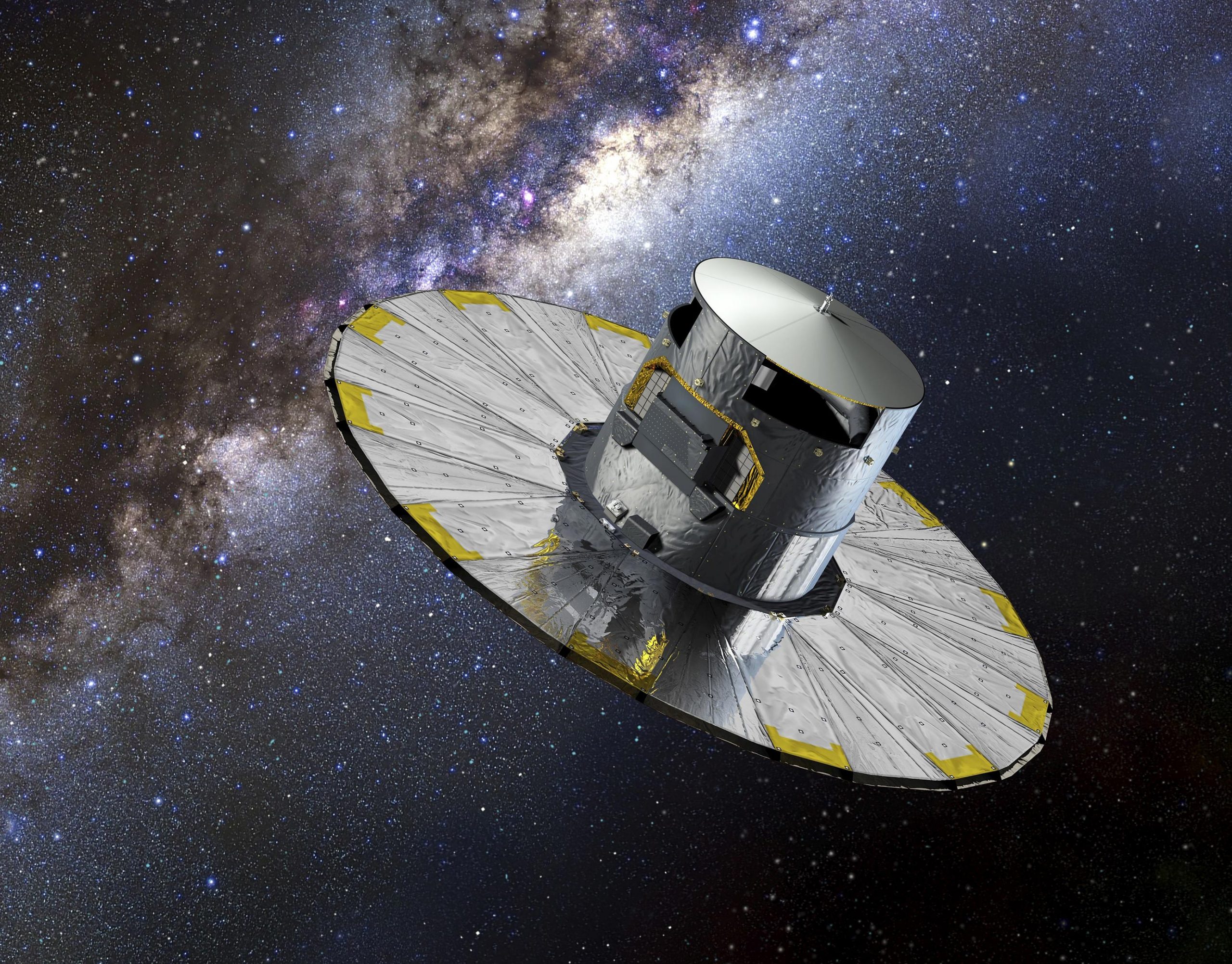
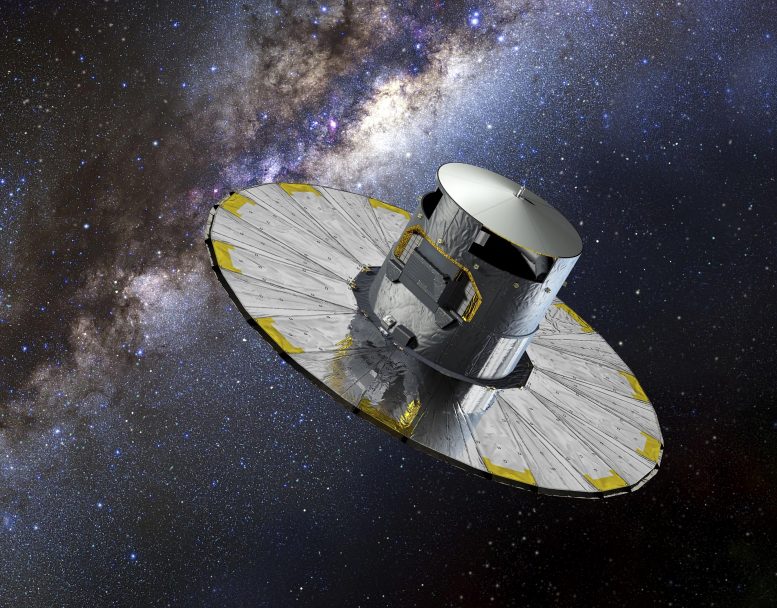





/cloudfront-us-east-2.images.arcpublishing.com/reuters/7BMOUWVIN5KMXDE2FMUBFW7YXM.jpg)